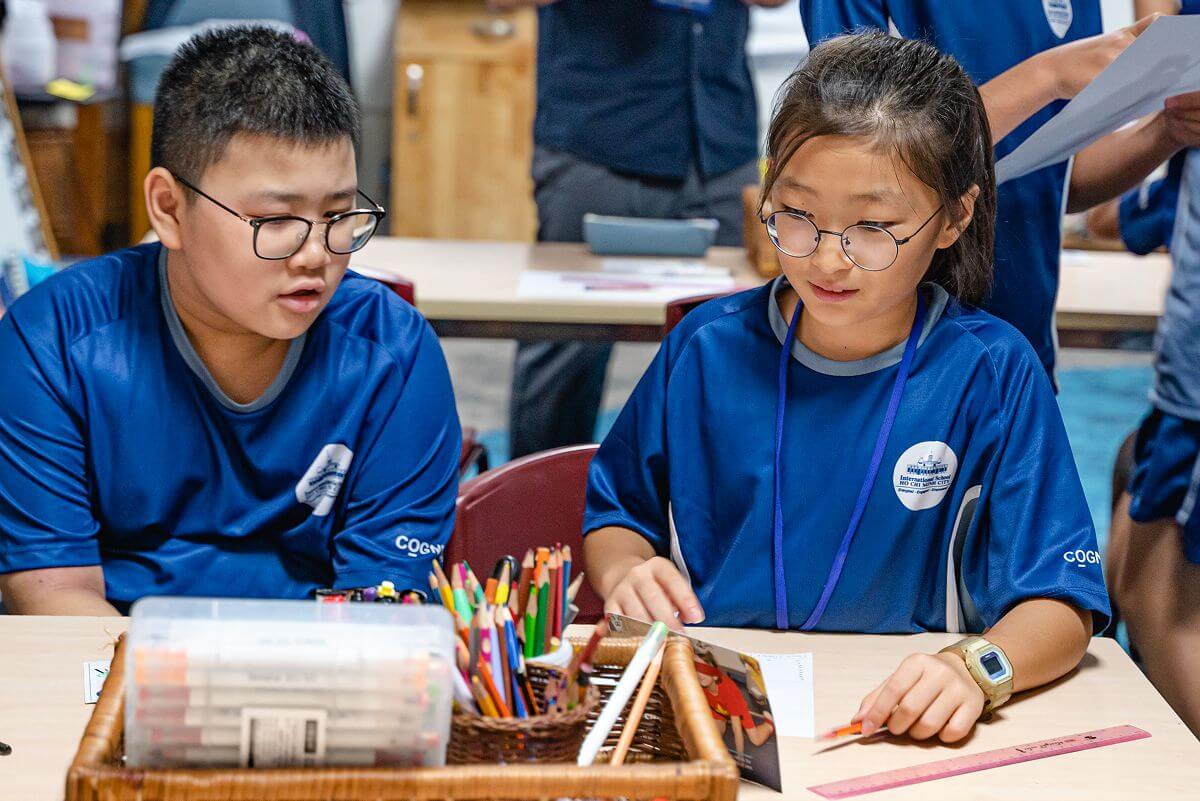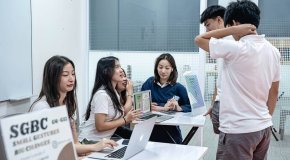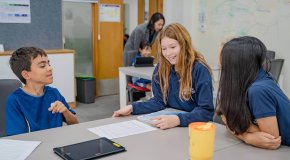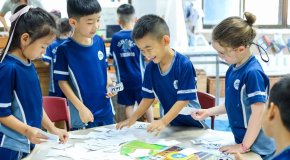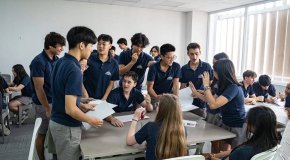Discover 7 Student Self Assessment Examples
Student self-assessment is an important tool in today’s education since it allows students to monitor their progress and participate in the learning process. Thinking about their strengths, weaknesses, and learning methods helps students build critical thinking skills for reflection and personal development. Below are the definition, importance, benefits, and seven practical examples of a helpful approach one could take while implementing student self-assessment.
What is Student Self Assessment?
Self-assessment is when learners review their work, skill acquisition, and progress according to set criteria or objectives. Self-assessment encourages students to be in the driving seat of their learning, where they reflect on accomplishments and look for growth areas. This process often involves tools like rubrics, journals, and feedback forms to help students analyze performance in a more structured format.
Why is Student Self Assessment Important?
Student self-assessment is an important function of education that turns learners into active participants in edifying journeys. The self-evaluation process allows the student to understand the material further and increases motivation to improve the assessed skills. This approach also diminishes the gap between teaching and learning, allowing educators to adjust their style to meet students’ needs.
Furthermore, self-assessment helps students develop necessary skills, such as self-regulation, time management, and goal setting, which are critical skills in academic and professional settings.
Key Benefits of Student Self-Assessment
Self-assessment possesses a wide range of benefits, particularly for students who want to improve their learning experiences.
- Encourage critical thinking: Students reflect on what they have done and what they should do differently.
- Boost self-confidence: Recognizing achievements fosters a sense of accomplishment.
- Enhance independent learning: Learners become independent and responsible for learning.
- Increase motivation and engagement: As students do things practically, they maintain enthusiasm for themselves.
- Facilitate personalized learning: Reflection allows students to align their strategies with their unique goals.
7 Student Self-Assessment Examples
Incorporating student self-assessment examples into learning strategies can significantly enhance students’ engagement and accountability. Below are seven practical methods that highlight the importance of self-assessment.
Daily Learning Record
Daily records of learning include students reflecting on their learning outcomes at the end of each day. This method helps the students to think about what they learned, in which aspects they struggled, and precisely what they would do to avoid those areas in the future. Keeping a record will enable them to observe progress and certain patterns within their learning behaviors.
Personal Reflection Journals
The reflection journals allow the students to be more deeply involved in their experiences, thoughts, and feeglings associated with their studies. They need to write about what they learned, how they applied this knowledge, and how it relates to their personal goals. Journaling encourages introspection and helps students put their thoughts into words more precisely. This gradually builds self-awareness and enhances the ability to set realistic goals.
Establishing Personal Goals
Goal-setting is a foundational element of self-assessment. Students begin by identifying specific, measurable, attainable, relevant, and time-bound (SMART) goals for their academic or personal growth. They then set goals and regularly review progress, reflect on the effectiveness of their strategies, and adjust their plans accordingly.
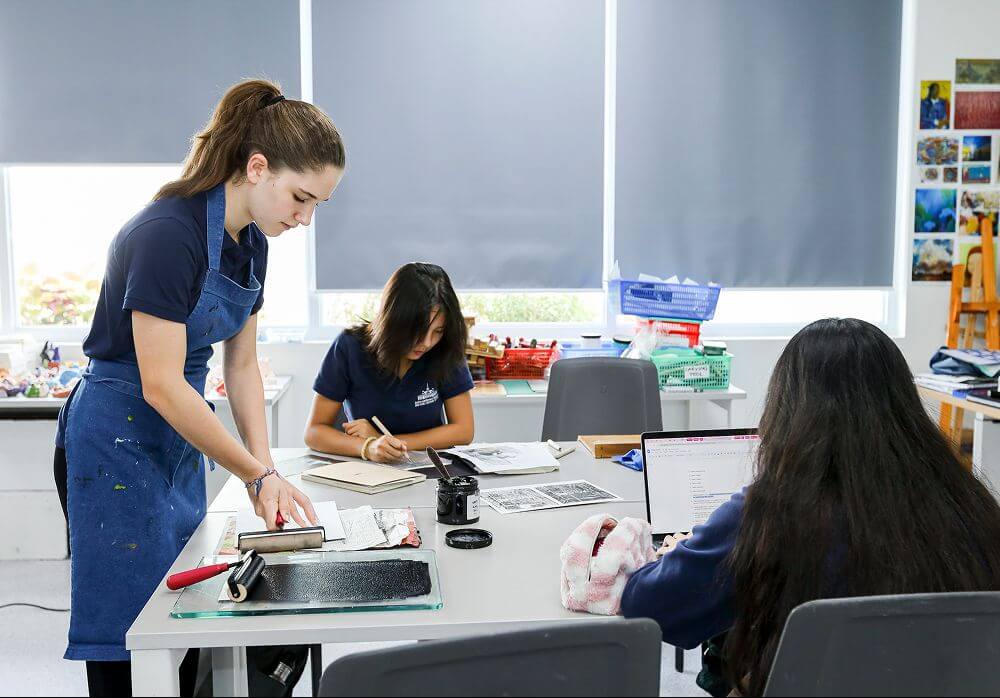
Using Posters and Mind Maps
Other creative ways to structure thoughts and information are visual aids, such as posters and mind maps. At the end of the lesson, for example, the students might make a mind map showing the main ideas, their understanding of concepts, and what still needs improvement. In such a manner, it considers visual learners and leads them to the end review of knowledge with a clear, all-included overview of results.
Classic Feedback Surveys
Feedback surveys give a structured way for students to reflect on their learning experiences. Students respond to questions related to the clarity of the topic, class participation, and difficulties they encountered during the lesson. Teachers can help students design surveys, ensuring the questions align with their learning objectives. This idea helps students reflect on their performance systematically and offers concrete suggestions for improvement.
Self-Assessment Templates for Reflection
Templates would provide questions to prompt students to reflect upon their work. For example, “What did I do well?” and “What can I improve?” are questions that will help narrow down their assessment. In this way, students get into the habit of consistently assessing themselves and their growth areas. Templates are flexible and may be used to accommodate different subjects.
End-of-Lesson Feedback Cards
At the end of each lesson, students write down one thing they learned, one question they still wonder, and one thing they can explore further. This practice promotes immediate reflection and gives the teacher some beneficial insights into her students’ progress. Longitudinally, it helps build a growth mindset in students who see challenges as chances to get better.
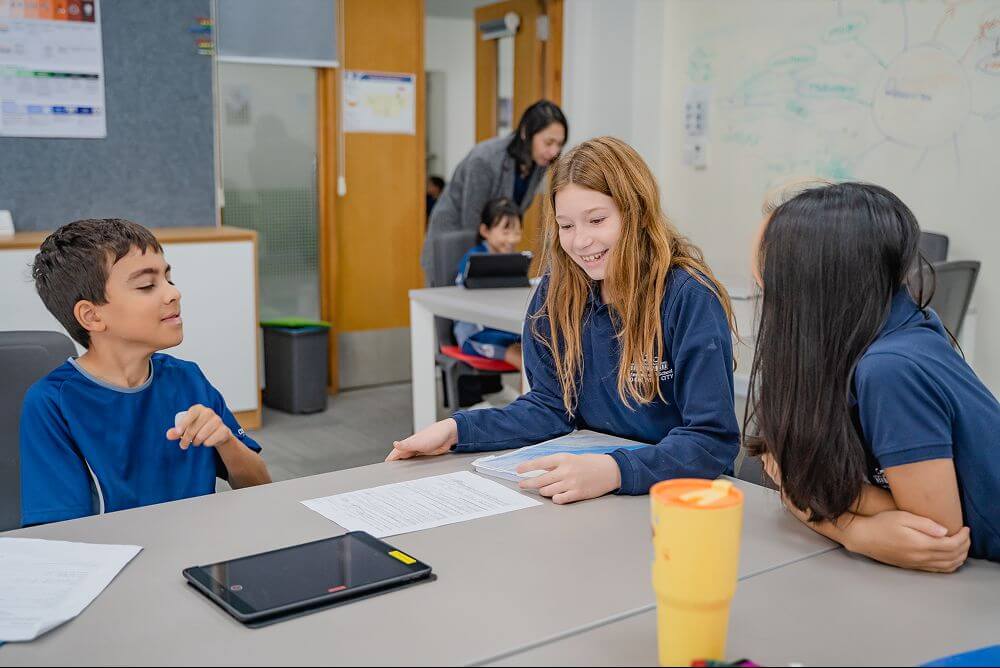
At the International School Ho Chi Minh City, ISHCMC, student self-assessment is at the heart of the school’s philosophy. The programs at ISHCMC focus on independent learning skills, critical thinking, and self-awareness. Through the Learner Profile, students are encouraged to reflect on qualities such as being reflective learners. Major projects like the Personal Project and Extended Essay integrate self-assessment into the learning process, helping students refine their skills. Teachers at ISHCMC play an essential role by mentoring and guiding students in effective self-assessment practices.
Explore more: ISHCMC Learning Approach and ISHCMC Curriculum
Foster Independent Learning Skills at ISHCMC
Student self-assessment is a transformative approach that fosters critical thinking, independence, and motivation in learners. The use of varied strategies from reflection journals to feedback surveys helps students take ownership of their learning processes for relevant growth.
At ISHCMC, self-assessment lies at the foundation of the learning process, guiding students toward lifelong success. Ready to empower your child with these skills? Explore today the innovative programs ISHCMC offers and take the first step toward a brighter future. Apply here

